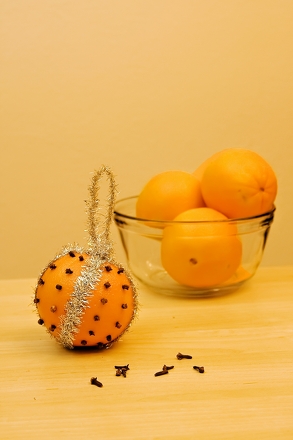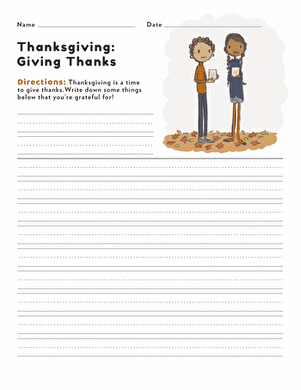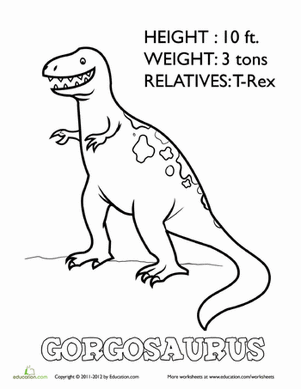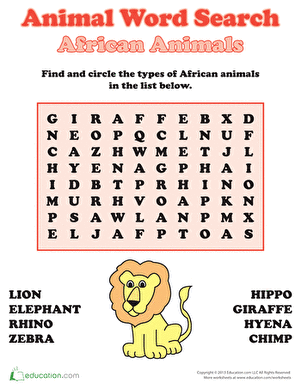Science project
Word Color Association: Are You Feeling Orange?
What does happy look like? Is it a bright color like yellow or a deep purplish-blue? Colors are everywhere we look, and sometimes our brains like to link up colors with emotions. Have you ever heard someone say they were "green with envy" or "feeling blue"? That's color association at work! Word color association is just a fancy way to talk about the way we connect colors with words.
Problem:
Do all people connect the same colors with the same words?
Materials:
- Box of crayons
- Pencil
- 13 sheets of white paper
- Notebook
- Scissors
- Group of friends or family members
Procedure:
- Cut 24 small squares from one sheet of white paper.
- Make six piles of your paper squares. Each pile should have four squares.
- Look inside your crayon box and take out six crayons: red, orange, yellow, blue, green and purple.
- Color each pile of squares a different color. When you're done, you should have a pile of red squares, orange squares, yellow squares, green squares, blue squares and purple squares.
- Write down a list of emotion words in your notebook. Emotion words are words that explain how we are feeling. You can write happy words like joyful, pleased, and thankful; or sadder words like annoyed, hurt, angry, or depressed.
- From your list, pick your twelve favorites.
- Take out twelve sheets of paper and write one word from your twelve favorites on each sheet.
- Stack the twelve sheets of paper together.
- Time to take the word color association test. Don't worry - it's a fun test!
- Start by looking at the top sheet of your paper stack. Think about the word on the paper. How does that word make you feel?
- Now try to match up those feelings with a color. Look over your color squares. Which color best matches the word on your paper? There's no right or wrong answer.
- Pick up the square of the color you choose and place it on the sheet of paper.
- Set the first sheet aside. Repeat steps 12-14 with the other 11 words until you have matched up one color with every word.
- Write down the results in your notebook.
- Think about your results. Can you explain why you chose each color? What made you choose one color over the other five?
- Do you think your friends or family members would choose the same colors you did? Write your guess -- called a hypothesis - in your notebook.
- Put your color squares back into neat piles.
- Stack your word association test sheets back together.
- Test your friends or family members one at a time.
- Carefully record each of their results in your notebook.
- Once you finish testing everybody, look at your notebook. Was your hypothesis correct? Did everybody pick the same colors for the same emotions?
Results:
You should see at least one trend, or common result. Even though not all your friends and family members picked the same color for every emotion, you should see that some people occasionally choose the same color. Maybe for one emotion, for example, four out of five of your friends picked blue. What could explain that?
Why?
Scientists have experimented a lot with this strange connection between words and colors. They believe that colors can have a big impact, or effect, on our moods. Since we see colors everywhere, we start connecting them with our experiences, thoughts and feelings. Think about your favorite day last summer. The sun was shining, and maybe you visited the beach or a local pool. The color yellow, then, could remind you of that happy day and the warm yellow sunlight.
There's no exact scientific connection between one color and one emotion. The connection is mostly based on each of us and each of our own experiences. However, since you and your friends and family share many similar experiences, sometimes you'll connect the same colors with the same emotions.
There's still a lot more to discover about the connection between colors and emotions. For this experiment, you used six common colors, but what if you tried shades like magenta, teal, pink, or brown? Do you think your results would change if you tested only kids your age or only adults? Continuing to guess and test your results is one of the most important things about being a scientist. The more you experiment, the more you will understand how science works!
Education.com provides the Science Fair Project Ideas for informational purposes only. Education.com does not make any guarantee or representation regarding the Science Fair Project Ideas and is not responsible or liable for any loss or damage, directly or indirectly, caused by your use of such information. By accessing the Science Fair Project Ideas, you waive and renounce any claims against Education.com that arise thereof. In addition, your access to Education.com's website and Science Fair Project Ideas is covered by Education.com's Privacy Policy and site Terms of Use, which include limitations on Education.com's liability.
Warning is hereby given that not all Project Ideas are appropriate for all individuals or in all circumstances. Implementation of any Science Project Idea should be undertaken only in appropriate settings and with appropriate parental or other supervision. Reading and following the safety precautions of all materials used in a project is the sole responsibility of each individual. For further information, consult your state's handbook of Science Safety.













